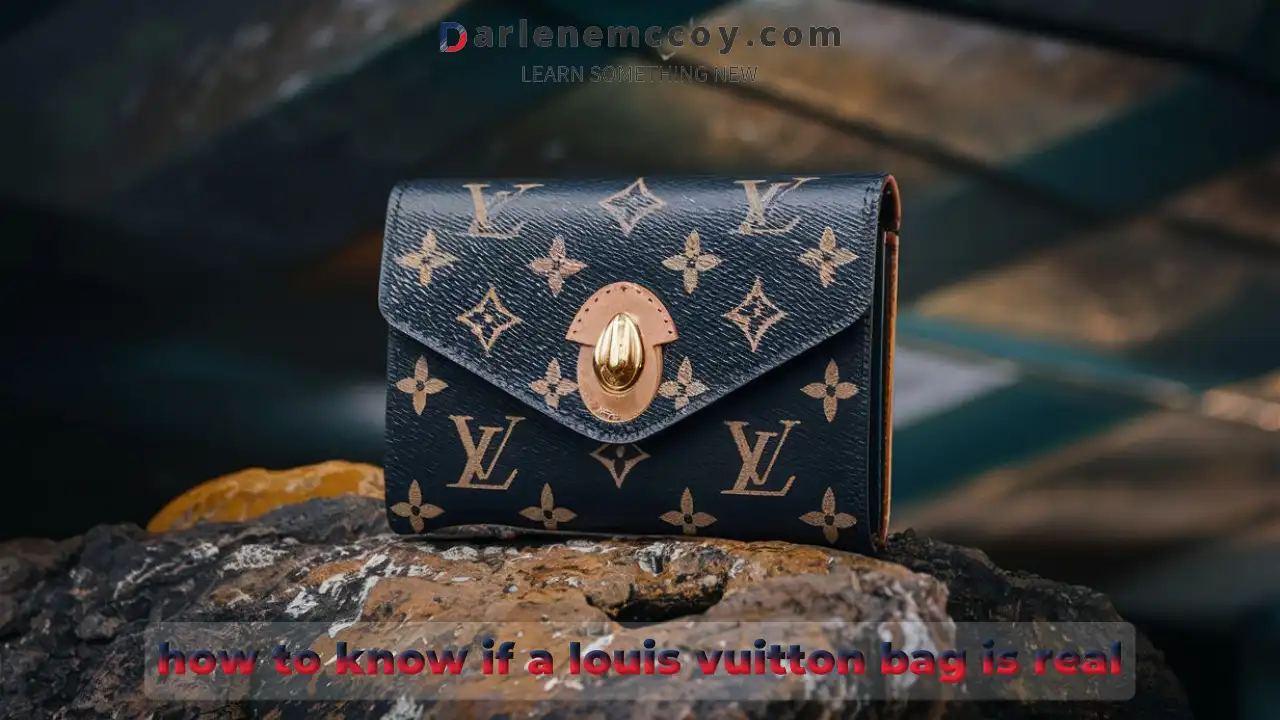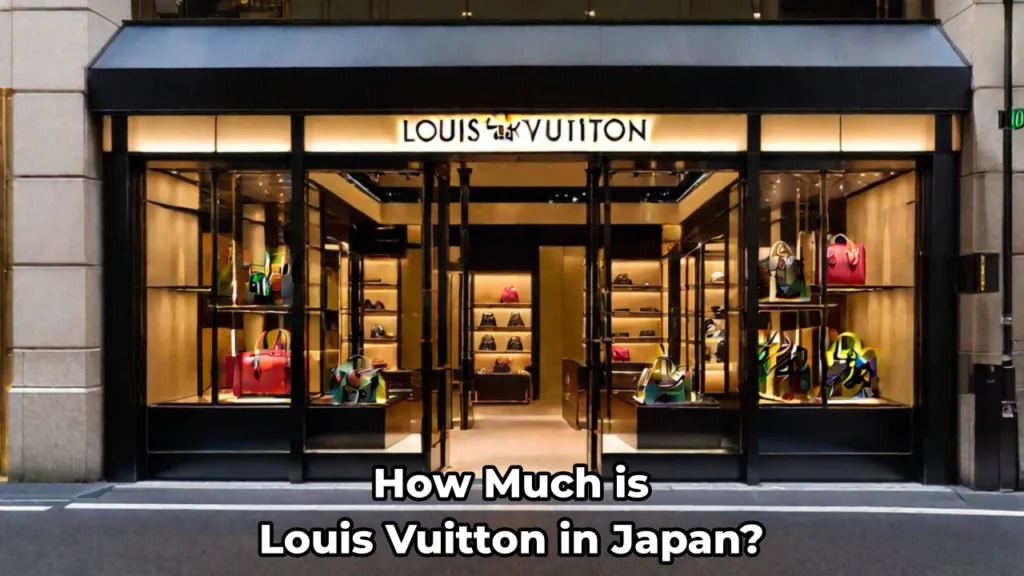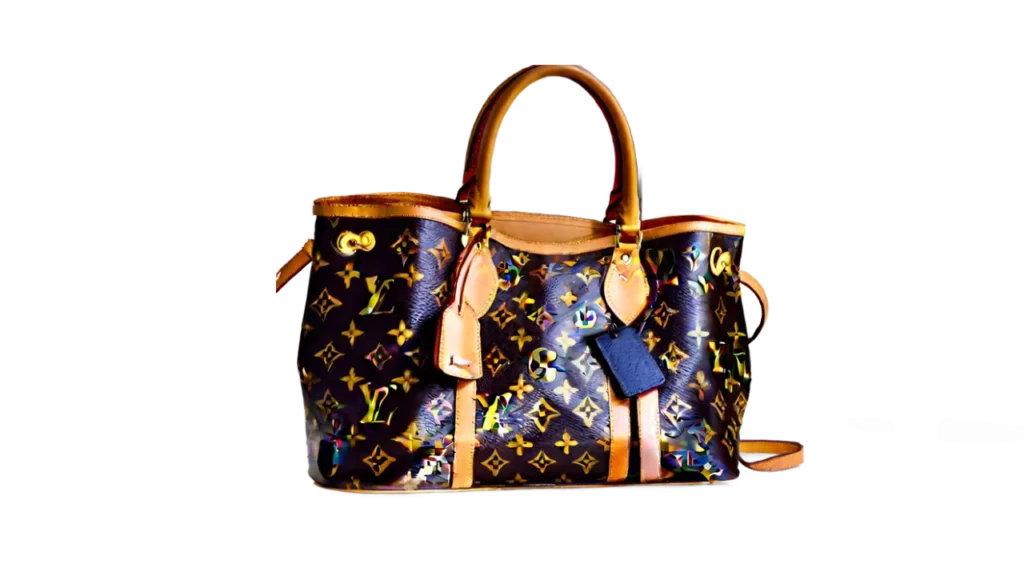Let’s face it, luxury goods are an investment. They elevate your style, boast exceptional craftsmanship, and often hold their value remarkably well. But with that prestige comes the unfortunate reality of counterfeits. These replicas flood the market, duping unsuspecting buyers and tarnishing the experience of owning something truly special.
The good news? You, the savvy shopper, can become an authentication pro! This guide equips you with the knowledge to confidently navigate the world of luxury goods, ensuring you get what you pay for – the real deal.
Why Authentication Matters
Think of a fake luxury item as a cheap imitation painting – it might trick the untrained eye, but it lacks the soul and value of the original. Here’s why buying authentic matters:
- Quality: Luxury goods are renowned for their premium materials and meticulous construction. Fakes often use low-grade materials that feel flimsy, look cheap, and deteriorate quickly. Think plastic instead of supple leather and tarnished metal instead of gleaming hardware.
- Investment: Authentic pieces can hold their value or even appreciate over time. Fakes are a depreciating asset that ultimately cost you more in the long run.
- Ethics: Counterfeiting fuels illegal enterprises, often linked to unfair labor practices and environmental damage. By buying authentic, you support brands committed to ethical production.
- Confidence: Owning a genuine luxury item brings a sense of pride and satisfaction. You know you’re investing in quality that will last and radiate an undeniable sophistication.
The Detective’s Toolkit: Inspecting for Authenticity
Now that we’ve established the importance of authenticity, let’s delve into the key areas to examine when evaluating a luxury item:
Material Marvels: Unveiling the Telltale Signs
Luxury goods are crafted with the finest materials. Here’s how to spot the difference:
- Leather: Real leather is supple, develops a beautiful patina over time, and has a distinct, pleasant smell. Fakes often use cheap, stiff leather with an unpleasant chemical odor.
- Hardware: Authentic hardware is usually heavy-duty metal with a flawless finish and the brand’s logo etched subtly. Fakes might use lightweight, flimsy metals with uneven finishes and poorly replicated logos.
- Canvas/Fabric: Real canvas has a natural texture and subtle imperfections. Fakes may have overly-perfect prints or feel unnaturally stiff.
Pro Tip: Gently pinch the leather. It should spring back naturally. If it remains indented, it’s likely not genuine.
The Art of Craftsmanship: Scrutinize the Details
Luxury items are meticulously crafted, boasting flawless stitching, perfect symmetry, and precise logo placement. Here’s what to look for:
- Stitching: Examine the stitching for evenness, consistency, and the absence of loose threads. Fakes might have crooked stitching, uneven thread spacing, or visible glue residue.
- Logo Placement: Logos on authentic items are perfectly positioned, symmetrical, and often heat-stamped for a subtle, professional look. Fakes may have crooked logos, uneven spacing, or gaudy, poorly applied logos.
- Pattern Alignment: On patterned items, the design should flawlessly flow across seams and pockets. Mismatched patterns are a red flag for fakes.
Pro Tip: Pay close attention to small details. A single misplaced stitch or a slightly off-center logo can reveal a counterfeit.
The Stamp of Authenticity: Deciphering the Label
Most luxury goods come with a discreetly placed label that acts as a certification of origin. Here’s how to interpret it:
- Location: The label is typically stitched inside a seam, pocket, or under a flap. Fakes might have a poorly attached label or an unusual placement.
- Font and Wording: The font should be clear and crisp, with no typos or inconsistencies. The wording should include details like the country of origin and a unique serial number for some brands.
- Heat Stamping: Many authentic labels are heat-stamped directly onto the material, not glued or sewn on.
Pro Tip: Research the brand’s specific label format and compare it to the item you’re examining. Discrepancies often point to a fake.
Beyond the Obvious: Additional Tips for Savvy Shoppers
While material quality, craftsmanship, and labels are crucial, here are some additional considerations to ensure you’re not fooled:
- Trusted Sellers: Only buy from reputable retailers or authorized vendors. Steer clear of online marketplaces known for counterfeits or sellers with suspiciously low prices.
- Price Comparison: If a deal seems too good to be true, it probably is. Luxury items hold their value, and drastic discounts are a red flag.
- Packaging: High-end brands invest in premium packaging like dust bags, certificates of authenticity, and elegant boxes. Fakes often come in cheap packaging or may lack essential items.
- Do Your Homework: Research the brand. What materials, craftsmanship, and packaging do they consistently use? Understanding what to expect will give you greater confidence when evaluating a purchase.
The Benefits of Buying Authentic: It’s Worth the Splurge
Yes, authentic luxury goods are an investment, but a truly worthwhile one. Here’s why it’s worth paying for the real deal:
- Longevity: Luxury pieces are built to last. With proper care, they can serve you for years, even becoming heirloom pieces. Imagine investing in a handbag that you can proudly pass down to the next generation!
- The Joy of Ownership: Genuine luxury goods bring undeniable joy. You know you have something special – a piece of exquisite craftsmanship and enduring elegance. That intangible feeling is priceless.
- Resale Value: Should you change your style or need a change, authentic luxury goods often have a strong resale market. This gives you the option to recoup some of your initial investment.
Conclusion: Empower Your Inner Authenticator
The world of luxury goods can be exhilarating but also intimidating. Arming yourself with knowledge is the key to enjoying the thrill of the hunt without the risk of fakes. Remember these tips:
- Look closely: Assess the materials, the craftsmanship, and the label with a discerning eye.
- Do your research: Know what to expect from the brand you’re interested in.
- Trust your instincts: If something feels off – a suspiciously low price, poorly finished details – walk away.
- Invest in quality: View a luxury purchase as a long-term investment in style and satisfaction.
The ability to spot a fake is a valuable skill that will serve you well as a luxury goods enthusiast. Now you’re equipped with the tools to make informed purchase decisions and enjoy the confidence that comes with owning the real thing.
Additional Resources
Want to become an even better authenticator? Here are some helpful resources:
- Online communities: Many forums and social media groups are dedicated specifically to authenticating luxury brands.
- Authentication services: Professionals offer authentication services for a fee, providing expert analysis and peace of mind.
- Brand websites: Official brand websites often include sections detailing their hallmarks of authenticity, giving you direct reference points for comparison.
Table 1: Common Materials and Their Fake Counterparts
| Material | Authentic Characteristics | Fake Characteristics |
|---|---|---|
| Leather | Supple, natural smell, subtle variations | Stiff, chemical odor, overly uniform texture |
| Hardware | Heavy-duty metal, flawless finish, subtle logo etching | Lightweight, flimsy, poorly finished, garish logos |
| Canvas/Fabric | Natural texture, subtle imperfections | Unnaturally stiff, overly perfect prints |
Table 2: Red Flags for Craftsmanship
| Feature | Authentic | Fake |
|---|---|---|
| Stitching | Even, tight, no loose threads | Crooked, uneven spacing, visible glue |
| Logo | Perfectly centered, heat-stamped | Off-center, gaudy, poorly applied |
| Pattern Alignment | Flawless across seams | Mismatched, abrupt pattern breaks |
Table 1: Common Materials and Their Fake Counterparts
| Material | Authentic Characteristics | Fake Characteristics |
|---|---|---|
| Leather | Supple, natural smell, subtle variations | Stiff, chemical odor, overly uniform texture |
| Hardware | Heavy-duty metal, flawless finish, subtle logo etching | Lightweight, flimsy, poorly finished, garish logos |
| Canvas/Fabric | Natural texture, subtle imperfections | Unnaturally stiff, overly perfect prints |
Table 2: Red Flags for Craftsmanship
| Feature | Authentic | Fake |
|---|---|---|
| Stitching | Even, tight, no loose threads | Crooked, uneven spacing, visible glue |
| Logo | Perfectly centered, heat-stamped | Off-center, gaudy, poorly applied |
| Pattern Alignment | Flawless across seams | Mismatched, abrupt pattern breaks |
Table 3: Where to Buy with Confidence
| Source | Advantages | Considerations |
|---|---|---|
| Brand Boutiques / Official Website | Guaranteed authenticity, full brand experience | May have higher prices |
| Authorized Retailers | Reliable source, often offer warranties | May have limited selection compared to the brand itself |
| Reputable Consignment Stores | Potential for finding pre-owned treasures | Requires extra authentication knowledge |
The Takeaway
Don’t let counterfeits diminish the joy of owning luxury goods. Embrace the knowledge in this guide, trust your instincts, and enjoy the thrill of finding that perfect, authentic piece that complements your unique style.




